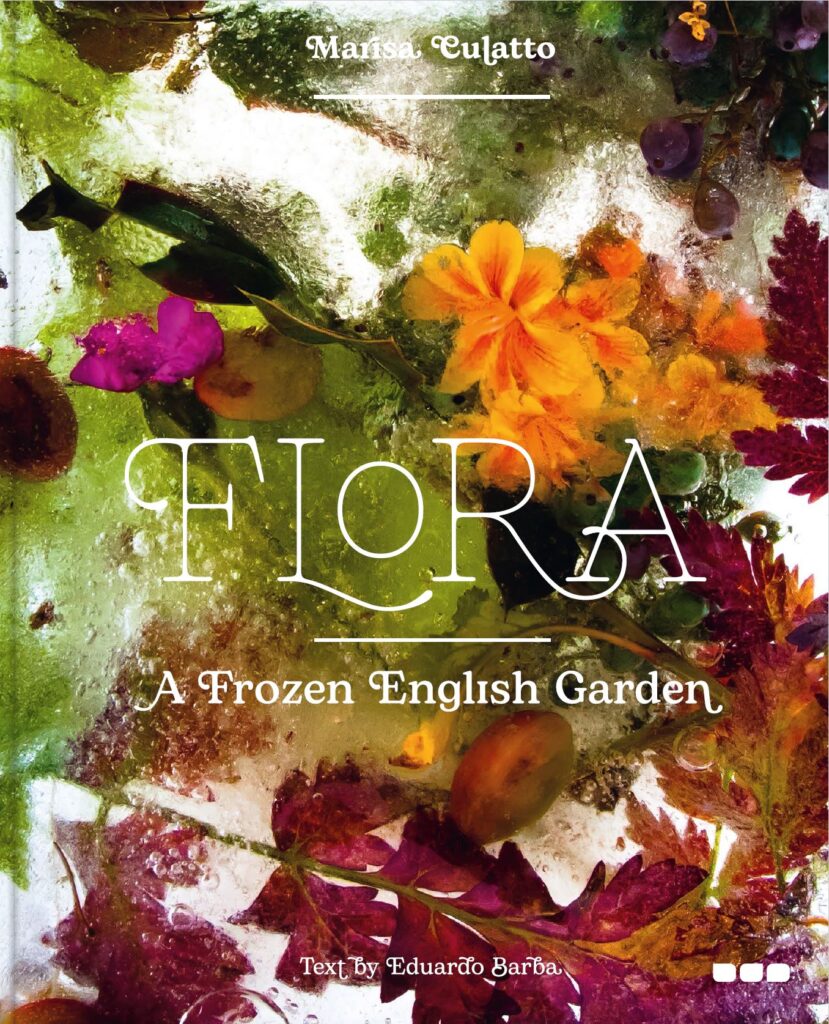
This book arises as a collaboration with the Canarian artist
Marisa Culatto,
based in the United Kingdom. Within her different artistic works, a few years ago she created
a series of 35 frozen floras,
as if they were still lifes. My texts accompany each of these wonderful photographs by Marisa Culatto, which shows the loveliness of plants.
The result of this collaboration is a beautiful book written in English, and each of the 35 texts are small stories full of magic. Some are like stories, others focus on very curious aspects of each of the plants treated. In addition, each flora is accompanied by a delicate illustration by
Anna Farba.
The book can be ordered directly from the publisher,
Black Dog Press.
Shipping can be cheaper if
purchased through Amazon,
it depends of the country of origin. Unfortunately, it is not yet available in all the bookstores.
Here you can read several fragments of some of the texts of three different floras, dedicated to a species of
grass,
the
red horse-chestnut
and the
sycamore
, respectively:
.
“A garden has the gift of movement. It comes from grass. Come the slightest of breezes and they take it upon themselves to draw the waves of the wind, and to reveal with tiny gestures the symphony around us. What’s more, if you’re the sort of person who notices this sort of thing, grass will show you the beauty of each week as it passes and changes into the next. (…)”
.
“(…) Mr. Barnsdale had dedicated his entire garden to breeding these two species. He would germinate each chestnut in towering terra-cotta pots so they could form deep roots that would help the trees to grow strong. With the arrival of autumn, he would go out with his trolley to walk through all the parks near his home and gather absolutely every chestnut he found. If he ever left one behind, because he could not fit any more in, he would return the following day to continue the work. (…)”
.
“(…) The promenade of sycamores flanks both sides of the straight path of compacted soil. Behind this, an array of wires running across wooden poles serves as a perch for birds. It is half past five in the morning . Two male swallows sing their song. But they do not sing it just any old how. A few dozen metres separate them, and their stumpy little legs grip their respective wires. Their twitter is intense, totally breathless. These circular breathing virtuosos give not one second of respite to the silence one might expect of the early morning. A blackbird may also be heard in the background. The birdsong is made of heart and feathers, and it rips through the air. It is a song of life. It goes on for a good three-quarters of an hour, because eyes unasleep in a house nearby are timing it, with eyelids that were expecting rather more rest and relaxation. It seems incredible that so much sound can be produced by something weighing only 20 grams. The trilling and warbling do not abate until the clarity of sunshine lights up the colours of the morning. And, as the sun rises, the sap races faster inside the sycamore trunks. (…)”